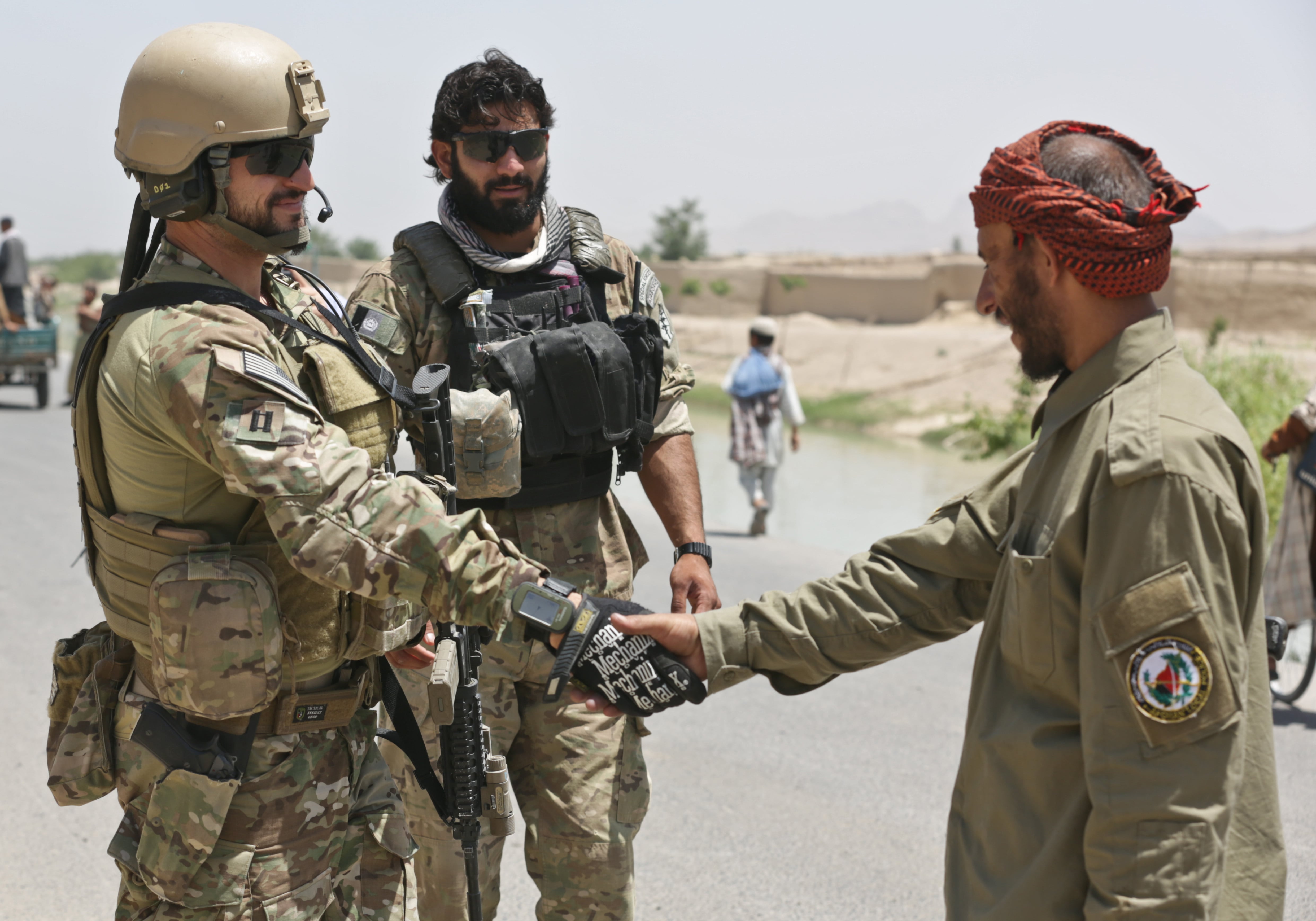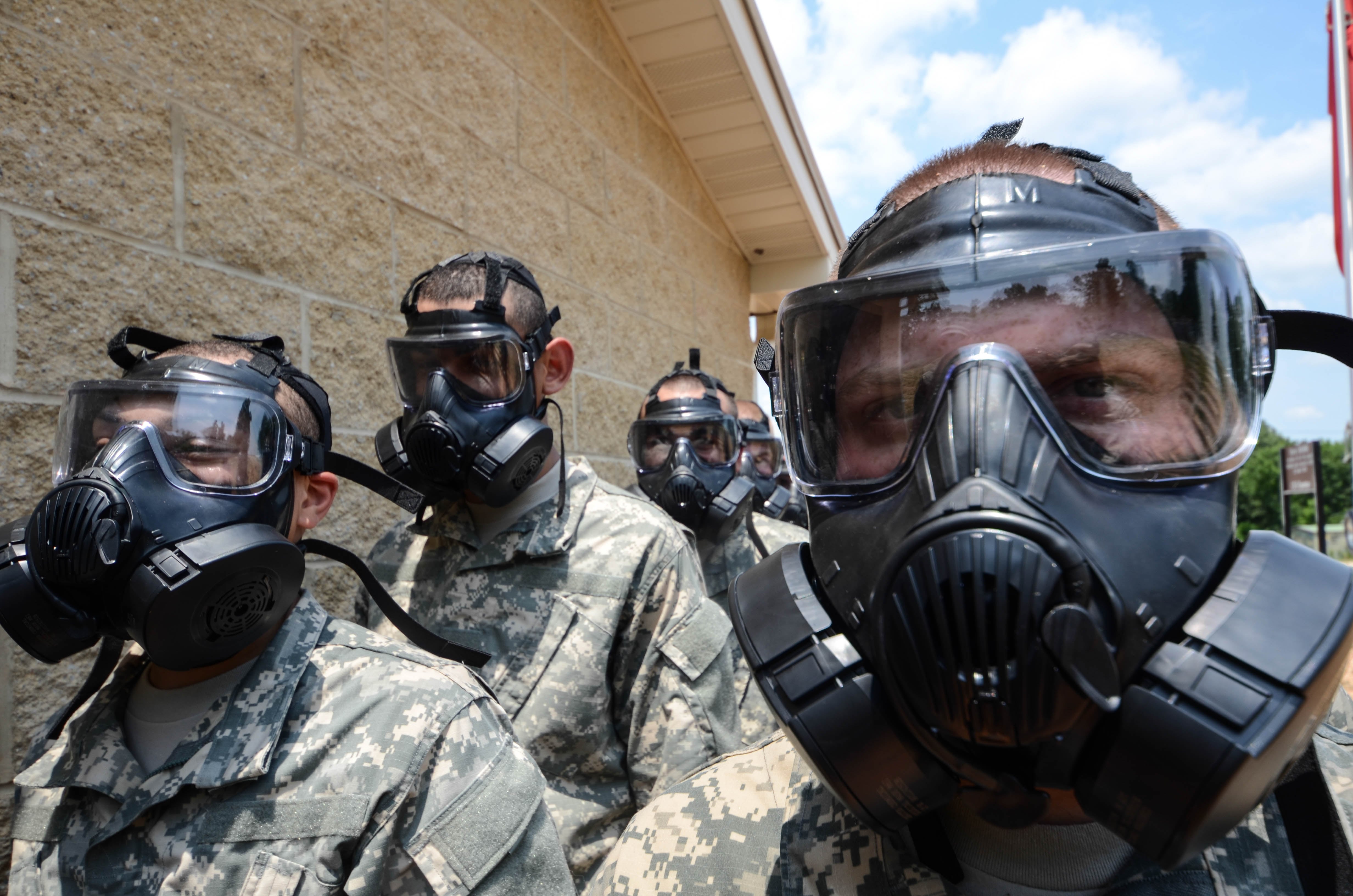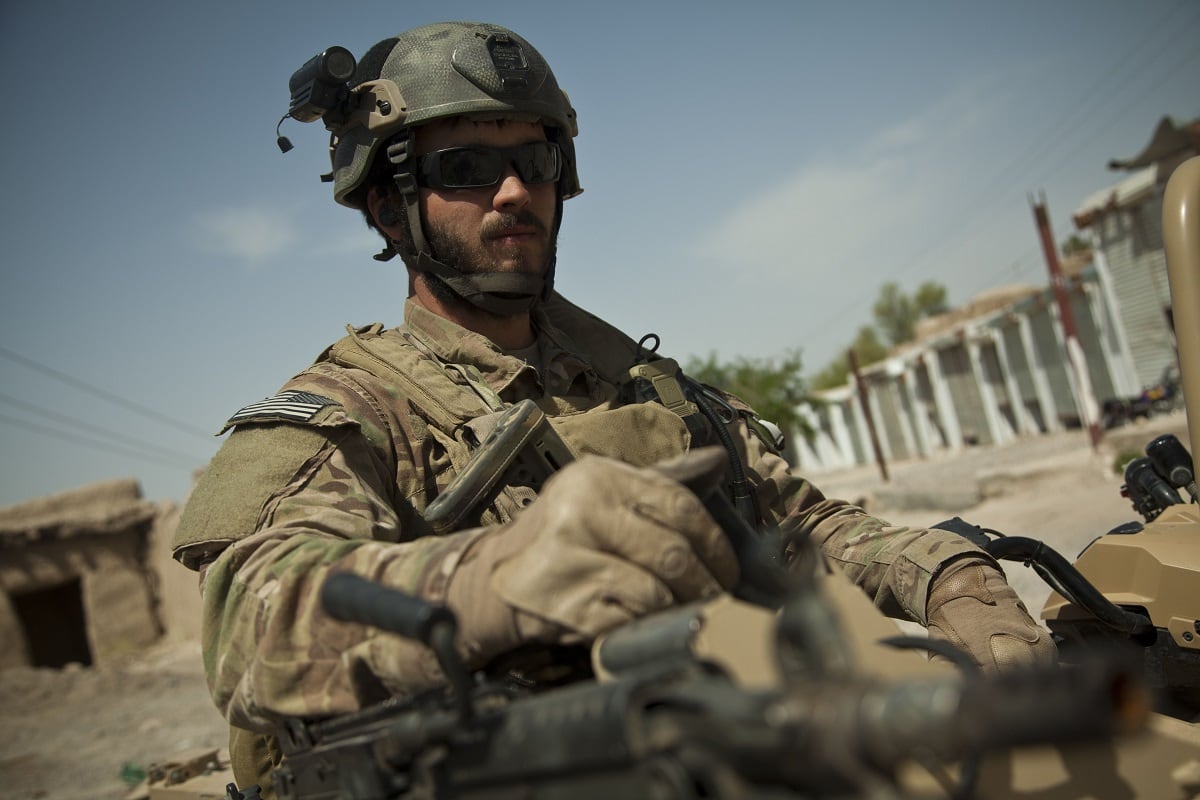Nearly a year after authorizing beards for Sikh men, the Army is still doing tests to figure out if there’s a way to allow soldiers to wear beards in combat but still protect them from chemical or biological weapons.
The Army Research Laboratory and its partners did extensive testing of the M50 Joint Service General Purpose Mask ahead of the January directive to allow beards for Sikhs, and according to an Army spokesman, testing is still ongoing.
“The Army Research Laboratory, Human Research and Engineering Directorate and the Edgewood Chemical Biological Center are working together to conduct additional testing of existing protective masks and to research product alternatives that could provide adequate protection for bearded individuals and be capable of operational use and maintenance in field conditions,” Hank Minitrez told Army Times on Tuesday.
RELATED

Avon Protection Systems, which manufactures the military’s joint service mask, makes a wide range of breathing protection that could suit the Army’s needs. For instance, a so-called “escape hood” for quick evacuations, rather than fighting a chemical threat until it’s eliminated.
RELATED

A 2016 test on the M50 found that the mask’s effectiveness is, in fact, degraded when obstructed by facial hair, but the Army in January decided to provide religious accommodations to Sikhs nonetheless.
There are rules, however, that they are not able to participate in toxic chemical training and are not allowed to serve in 74 series chemical, biological, radiological, nuclear and explosive military occupational specialties.
“An accommodation for a beard may be temporarily suspended when a specific and concrete threat of exposure to toxic CBRN agents exists that requires all Soldiers to be clean-shaven, including those with medical profiles,” Minitrez added.
For now, no final decisions have been made on whether to authorize beards, Sergeant Major of the Army Dan Dailey told Army Times on Friday.
RELATED

Meghann Myers is the Pentagon bureau chief at Military Times. She covers operations, policy, personnel, leadership and other issues affecting service members.





